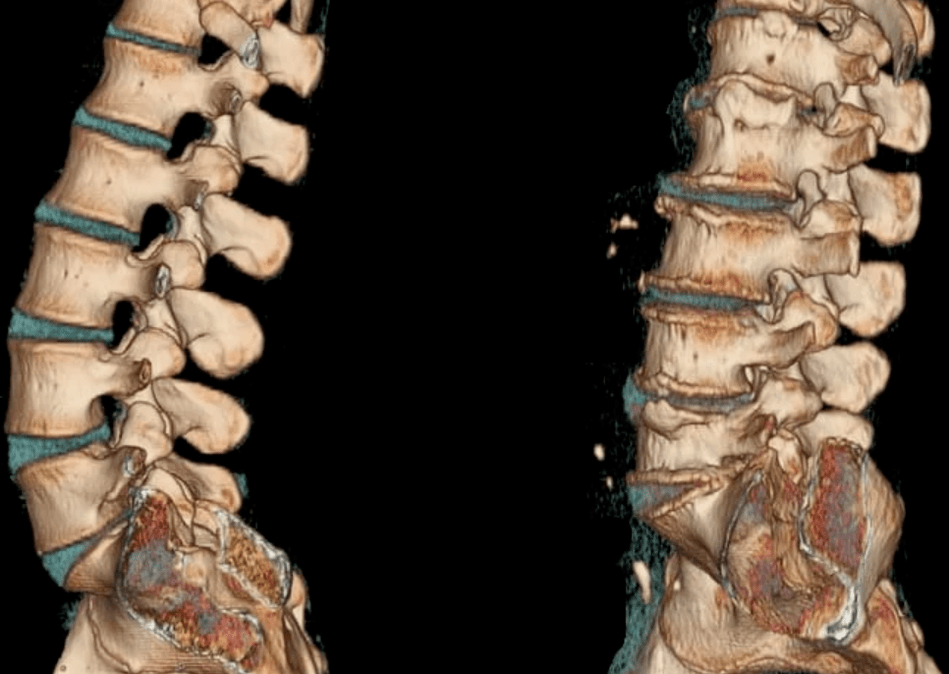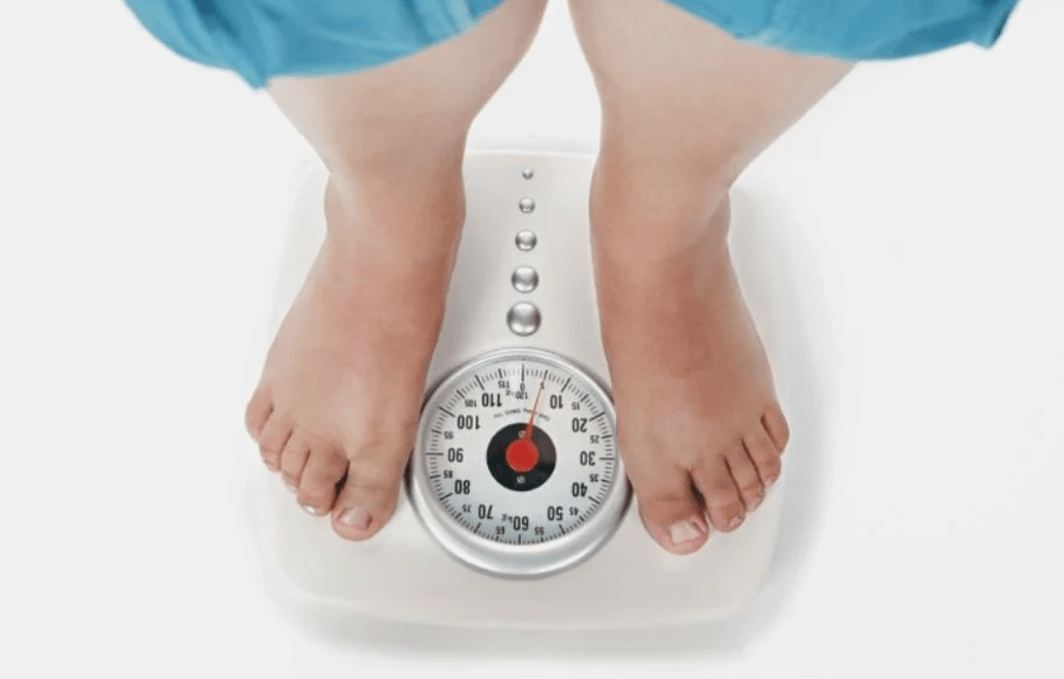Osteochondrosis is a chronic recurrent disease that occurs in the background of the destruction of vertebral and continuous intervertebral discs.Depending on the localization of the vertebrate that undergoes degenerative changes, they distinguish between the breast, the pathology of lumbosacralis, and the neck.The main symptoms of osteochondrosis are pain, increased severity during physical work, stiffness of movement.In the clinical picture, there are signs of vertebral signs: headache, blood pressure jumps, decreased visual acuity and hearing.

This diagnosis is based on instrumental research results - radiography, MRI, CT.In osteochondrosis therapy, drugs of various clinical and pharmacological groups are used.To improve clinical efficiency, their physiotherapy and massage procedures are performed.One of the main methods of therapy and prevention is physiotherapy training.
The mechanism of development of a disease
The pathogenesis of osteochondrosis is based on the loss of pulposus by the core of its hydrophilic properties.This partial structure consists of connective tissue fibers and jackets.When one grows, there is a decrease in the vascular tract in each disc between the vertebrae.The consumption of nutrients in it occurs accidentally, that is, according to the principle of spontaneous concentration.This explains the complete recovery of the cartilaginus tissue after excessive injury or physical energy in the spinal column.
The process of osteochondrosis exacerbates changes in hormone background and unbalanced diet.The sufficient amount of nutrients to function fully they do not enter the cartilage tissue, which causes the following disruption of their structure and properties:
- Strength and elasticity are lost;
- Form, consistency and change of configuration.
The intervertebral disc is flattened, and the radial cracks are formed in fibrous rings.This causes a reduction in the distance between the neighboring vertebrae.Gradually, fibrous ring connective tissue and ligaments are involved in the pathological process.In response to tissue damage, the immune system begins to produce immunoglobulin, leading to aseptic inflammation and the formation of edema in the joints and soft tissues located nearby.The joint capsule is tabled, so the intervertebral disc stops to improve the vertebra.And with the instability of the intervertebral segment, the possibility of infringement of the nerve root or increasing blood vessels.This is often the case with cervical osteochondrosis and causes obvious symptoms.
The causes and factors of provoking
At the state of the intervertebral disc, the tone reduced from the spinal column skeleton affects.Incredible functions, muscle asymmetrics occur with prolonged people in non -physiological positions, for example, with heads lowered while working on a computer.The destruction of cartilagin fabrics can be provoked by wearing heavy bags on one shoulder, dreams on soft mattresses and high pillows.
The following external and internal negative factors also accelerate the destruction of the intervertebral disc:
- endocrine and metabolic disorders;
- Infectious pathology, especially chronic;
- previous spinal injury (compression fracture, bruises);
- frequent hypothermia;
- The presence of systemic or degenerative-dystrophic-gouty, psoriatic, rheumatoid arthritis, osteoarthritis, osteoporosis.

If someone has a bad habit, then he or she is at risk.Smoking and alcohol abuse worsen the blood vessels, causing insufficient blood circulation and lack of nutrients in the cartilage of the disc.
With the presence of flat feet or foot clubs, the risk of developing osteochondrosis of any localization increases significantly.The congenital or acquired defects are a reason to increase the burden on the spine as it ensures proper depreciation with support.The predisposition factor to the emergence of pathology is obesity.
With the deposition of adipose tissue in various parts of the body, support for balance is complicated, leading to excessive load effects on the intervertebral joints.
Clinical picture
The first clinical manifestation of cervical, chest or lumbar osteochondrosis is back pain.During the relapse, it absorbs, radiating to the nearby body.Small movements lead to increased severity of pain syndrome.A person's impression is the use of a forced position where the uncomfortable sensation intensity is minimal:
- People with cervical osteochondrosis prefer to put aside not their heads, but the whole body;
- With breast pathology, one is also afraid to breathe full breath, as this is the cause of acute pain in the thoracic region;
- Patients with lumbar osteochondrosis are difficult to sit, get up and go because of the spinal cord infarction.
Most patients complain to their doctor about persistent pain and a sense of movement in the morning.This requires an additional differentiation diagnosis to exclude myositis (the process of inflammation in the back muscle) and osteoarthritis.The reason for the appearance of pain, the pain of suppressing is the pressure of muscle tissue to stabilize the affected vertebral-motor segment.Persistent or moderate pain syndrome also occurs due to significant intervertebral discs and the development of aseptic inflammation.
For certain localization osteochondrosis, certain symptoms are characteristic.For example, with lumbar pathology, lumboyshialgia often occurs - pain attacks on the lower and back of the thighs.Thoracic osteochondrosis is clinically created by suffering in the heart, proper hypochondrium, stomach, numbness, increased skin sensitivity, crisis in the vertebra.But the most significant and varied symptoms are distinguished by the pathology that affects the cervical intervertebral disc.
As a result of the vertebral displacement, the formation of osteophytes, the vertebral artery is compressed, which feeds the brain cells, which provides them with oxygen.A person suffers from movement coordination, ear noise, headache, arterial hypertension.
What could happen without treatment
Most complications of osteochondrosis occur due to the formation of intervertebral disc hernia.It is formed when the vertebral structure is transferred, leading to the posterior longitudinal ligaments.The disc becomes more unstable, and some of them stand out to the cerebrospinal channel.Hernia is considered to be exploding if, in the process of formation, together with the disc, the purposee core penetrates the channel.
Such pathological vertebrate conditions become spinal cord compression and the development of discogenic myelopathy.Clinically, it manifests itself in the torpor, the weakness of some leg or arm muscles, paresis, muscle atrophy, changes in tendon reflexes.Disorders of bladder and (or) intestines can also be observed.As a result of the formation of intervertebral hernia, the artery that feeds the spinal cord is squeezed.The ischemic area is formed, where all nerve cells are killed.Neurological deficits occur - violated movements, reduced sensitivity, and trothy are disappointed.

Treatment tactics
Osteochondrosis does not lend itself to resolve healing, so far drugs have not been synthesized, intake that will help restore damaged intervertebral discs and vertebral.But therapeutic schemes should include chondroprotectors - a slow action symptom agent.Priority is given to drugs with active chondroitin ingredients with sulfate and (or) glucosamine sulfate (hydrochloride).
The clinical efficacy of this drug -This medicine is confirmed by years of research.With prolonged admission (from 3 months to 2 years), cartilaginus tissue regeneration occurs, as well as other connective tissue structures - ligaments, tendons, Bournes.As they accumulate on glucosamine and chondroitin intervertebral discs, they begin to use analgesic, decongestant, anti -inflammation.This allows you to reduce the dose of NSAIDs, glucocorticosteroids, muscle relaxants, thereby reducing the pharmacological burden on the body.
Drugs for joints are ineffective with irregular use or its use for the treatment of osteochondrosis of the 3rd degree, when the destruction of cartilage tissue is significantly observed.
To eliminate symptoms that are commonly occurred with cervical or breast osteochondrosis, medicines are used to improve blood circulation, nootropic, drugs that improve micro circulation of maze used for vestibular pathology.
If necessary, antidepressants, anticonvulsants are included in the therapeutic scheme.
In the treatment of osteochondrosis, physiotherapy procedures are used: UHF therapy, magnetotherapy, laser therapy.Reflexotherapy, massage, exercise therapy, hirudotherapy, swimming, yoga is used.With ineffective conservative treatment, the patient was shown surgical intervention.Practices are practiced by disc, laser reconstruction or implant replacement.
































